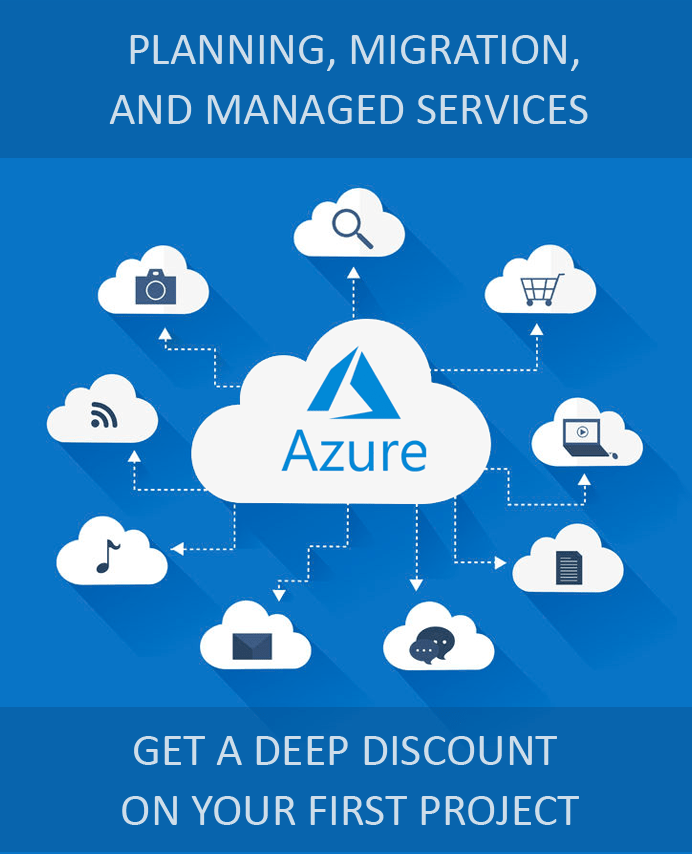How to Migrate from SIEM Solutions to Azure Sentinel?
With constant changes in the threat landscape and the availability of new access points, a security information and event management (SIEM) platform has become one of the most critical tools for securing a large enterprise. As with all technology, SIEM solutions age and begin to lose their relevance. Older SIEMs are struggling to keep pace with the millions of events and terabytes of logs enterprises are generating every day. Organizations with legacy SIEM solutions often find that their protection is compromised and have difficulties in managing incidents and meeting compliance regulations. In this article, let us explore how to migrate from legacy SIEM solutions to Azure Sentinel.
What Is Involved in Migrating Rules from Legacy SIEM Solutions to Azure Sentinel?
Each SIEM works differently in terms of detection rules. The process flow involved in the migration or rules from legacy SIEM and creating a new custom threat detection in Azure Sentinel is as follows.
Planning/Assessment Tasks for Rule Migration
Before initiating the migration of detection rules from the existing legacy SIEM, check the built-in detection templates available in Azure Sentinel, that can be enabled with the pre-defined detection logic. Some of the existing detections are might not be required as Azure Sentinel uses machine learning analytics for high fidelity and actionable incidents.
- Once you have identified rules that have pre-existing templates in Azure Sentinel, build a candidate list of rules that have to be migrated based on use cases that justify rule migration, their detection efficacy, review of security operations center (SOC) metrics, and other factors.
- Consider exploring community resources for additional rules instead of migrating the current rules in the legacy SIEM solution to Azure Sentinel.
- Prepare test scenarios and test scripts to be used for rule validation.
Tasks to Be Performed in The Existing SIEM Solution
Once the rules to be migrated from the existing SIEM solution have been identified, information about rule condition, entities, actions, and other relevant details about the rules have to be gathered to create analytics rules in Azure Sentinel. Perform the following tasks in the existing SIEM solution to migrate rules to Azure Sentinel.
- Identify specific data sources, such as Windows events, firewall logs via Common Event Format, and others, for the rules. This knowledge can be used to target the correct table when constructing the Keyword Query Language (KQL) for configuring detection rules in Azure Sentinel.
- Identify the attributes/fields such as rule name, description, severity, the fields used for filtering, and other factors, that are used in the existing legacy SIEM solution. Map the entities in Azure Sentinel using tools such as the Azure Log Analytics table and Azure Sentinel Investigation graph.
- Identify and convert the rule criteria from the existing SIEM solution to Azure Sentinel to define what to detect. Similarly, identify the trigger condition, which is the minimum requirement for the rule to trigger an action and the action that the solution takes when the rule criteria match the trigger condition.
Tasks to Be Performed in Azure Sentinel
Azure Sentinel is a query based SIEM that uses Kusto Query Language (KQL) to query big datasets for analyzing security events, discovering patterns, identifying anomalies and outliers, and other purposes. At this stage, the KQL for the rules to be imported from the existing SIEM solution to Azure Sentinel should be available. Perform the following tasks in Azure Sentinel in the final stage to migrate from legacy SIEM solutions.
- Test the KQL queries with data. Use the information generated in the Azure Sentinel Logs page to improve query performance and optimize KQL queries.
- Connect your data sources to Azure Sentinel and create custom analytics rules or use rule templates to discover threats and anomalous behaviors in the environment.
- Test the newly created/enabled rules for the various test scenarios and use cases to determine if the rules fulfill the requirements.
- Create playbooks to automate and orchestrate responses to specific alerts or incidents generated in Azure Sentinel.
Apps4Rent Can Help with Azure Security Solutions
Migrating rules across SIEMs requires a clear strategy and a detailed implementation plan to secure enterprise workloads and optimize detection coverage. This is especially true of migrating from a legacy on-premises SIEM solution to Azure Sentinel, which is a SaaS-based solution that works with other Azure solutions.
As a Tier 1 Microsoft CSP with gold competency in several specializations including Cloud Platform and Cloud Productivity, Apps4Rent can help enterprises in migrating, implementing, and customizing the right Azure solutions to address their unique business requirements. Feel free to reach out to our Microsoft certified Azure consultants, available 24/7 via phone, chat, and email for assistance.

Looking for help with Azure?
Our Azure experts can help you.

